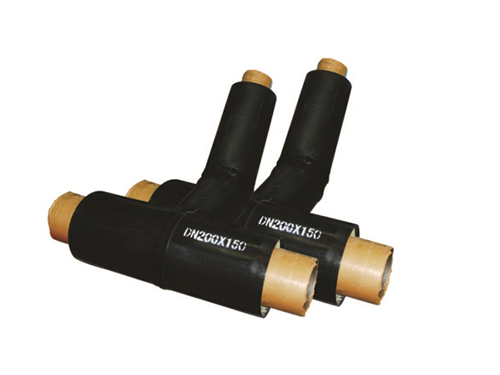
Reducing tee
Description: Reducing tee: A branch pipe with a different diameter from the other two is called a reducing tee. A tee with the same diameter at both ends is called an equal diameter tee....
Click: 178

Reducing tee: A branch pipe with a different diameter from the other two is called a reducing tee. A tee with the same diameter at both ends is called an equal diameter tee. Reducing tees are widely used in the construction and maintenance of industries such as petrochemicals, petroleum gas, liquefied gas, fertilizers, power plants, nuclear power, shipbuilding, papermaking, pharmaceuticals, food hygiene, and urban construction
The representation method is as follows: for equal diameter tees, such as"a; T3" A tee represents an equal diameter tee with an outer diameter of 3 inches. For reducing tees, such as"a; T4 × four × 3.5" Represents a reducing tee with a diameter of four inches and a diameter of 3.5 inches. The material is generally 10 # 20 # A3Q2320g20G16MnASTMA234ASTMA10, excellent STMA403, etc., with a tee, with an outer diameter range of 2.5 "-60", and a welded tee from 26 "-60". Wall thickness 28-60mm The wall thickness grades are: Sch5s, Sch10s, Sch10, Sch20, Sch30, Sch40s, STD, Sch40, Sch60, Sch80s, XS; Sch80, Sch100, Sch120, Sch140, Sch160, XXS Reducing tee, commonly used as a sexual term, refers to a pipe fitting or pipeline connector used at the point where the main pipeline needs to branch off. Reducing tee is a type of tee, which has two types: general equal tee and reducing tee. Named because the three ends can be connected to the pipe In industry, there is a high pressure requirement for this type of pipe fitting, which can reach 600 kilograms. In daily life, the pressure of water pipes is relatively low, usually 16 kilograms Tees can be used in various industries and can be divided into the following categories based on different types:1. They can be divided into top making, pressing, forging, casting, etc. according to the production method
According to manufacturing standards, it can be divided into national standards, electrical standards, water standards, American standards, German standards, Japanese standards, Russian standards, etc





 Current location:
Current location:

